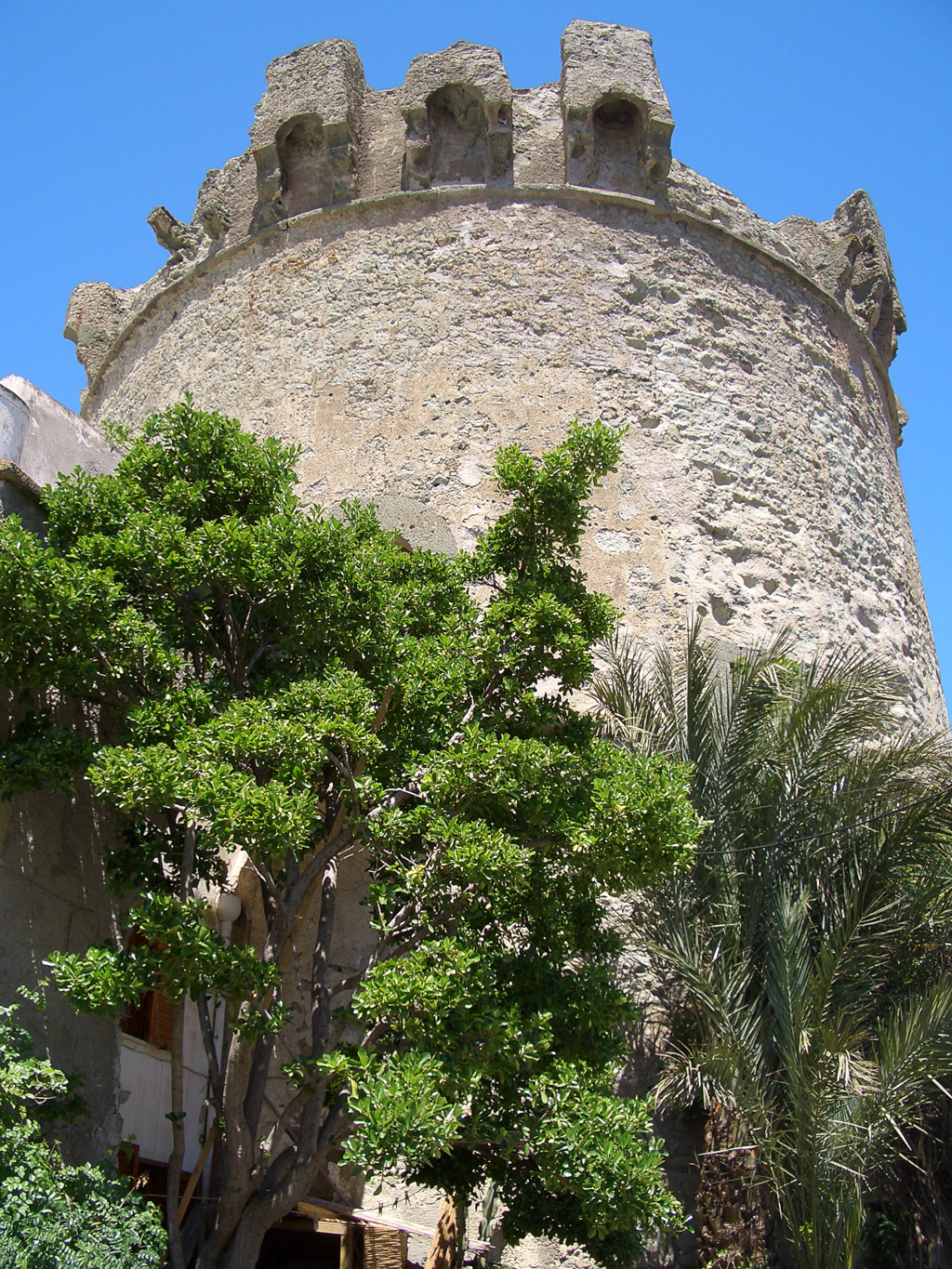"Walking around the alleys, churches and towers” to discover and rediscover the story of Forio

Museo Maltese Torrione
Outside of these ‘must stages’, the more discerning visitor who will walk along the country, cannot fail to notice that every corner of Forio tells an event, a story, a different episode. Many pieces of a great history that is lost in the mists of time, and it is a story of battles, traditions, art and faith.
Starting from the harbor, the visitor will be struck by the immense mass of Torrione, erected in 1480 as a defensive bulwark of the village of Forio and later became the home of illustrious sculptor Giovanni Maltese from Forio - whose works are still today visited within the tower. Still on the harbor, our visitor will encounter the seventeenth-century church of San Gaetano, founded by anglers of Forio; he will be struck by the wealth of marble, stucco and paintings of the Basilica of Santa Maria di Loreto, built by sailors from Ancona devoted to the Virgin of Loreto in 1300. Following the main course, after the home of forian painter “Bolivar” and the palace of Pezzillo family, protagonists of the Mazzini motions in Naples, tourist will visit the seventeenth-century churches of St. Francis of Assisi, built along the eponymous Convent, and the Arch of Santa Maria di Visitapoveri, where are located the sculptures used during the famous “Angel’s run”. Passing the two churches, the visitor can reach the church of the Madonna del Soccorso, founded as an Augustinian convent in 1300, the guardian of an ancient crucifix, found on the rocks below the church and always the protector of sailors.
Often even the most careful and most curious visitor does not know the oldest part of Forio, the beating heart of the old town, which goes from the alley of Sant’Antonio Abate behind the fountain. It reaches the Basilica of San Vito, built in 1300 and named after the patron saint of Forio, who saved the vines from the terrible plague of mildew.
An urban area consists of two areas: the district of San Vito, which with that one of Cierco is the ancient village of Forio. The so-called Saracens Alleys are a maze of narrow streets often blind or intersecting each other, the result of the inventive genius of the forian people, that between 1300 and 1400 tried in every way to defend themselves against a terrible enemy: the Saracens. Violent and bloodthirsty pirates from Turkey, they came quietly into the night to raid everything they encountered on their way, raping women and enslave men and children. This system of streets was built as an additional means of defense along with twelve towers erected between 1533 and 1536 at the hands of the wealthiest Forian people on the orders of the viceroy Peter of Toledo, since the people of Forio was still aggravated by the debt contract the construction of the Torrione. The towers, most of which are still visible wedged between the houses of the alleys of the old city, were made of tufa green stone: the raw material for the construction of the first forian houses, found a bit everywhere, from the largest volcanic eruption of Mount Epomeo occurred in prehistoric times.
Alleys and towers are the palaces belonging to important and prestigious forian families, characterized by lava stone portals or green tuff indicating the date of foundation, emblems or images related to the profession that the owner of the building carried out. Ancient crafts that have been handed down from generation to generation. In addition to the lineage of the family, were placed on the buildings also symbols of pious devotion staff: the shrines, designed to protect the family and representatives mostly San Vito, Our Lady of Loreto, Our Lady of Sorrows, Our Lady of the Free, venerated in the homonymous seventeenth-century church situated in the district of Cierco.
The Association ‘Vicoli Saraceni’ organizes from 2009 walks through the narrow streets, churches and towers of the historic center of Forio pledging to promote, protect and above all to let everyone know this extraordinary world, often unknown not only to tourists but also to the islanders.
This year the Association has also created a mini-guide entitled “Walking around the alleys, churches, towers of the historical center of Forio”, a practical and useful tool that helps the visitor to orientate along the way.
“Walks” along the historic center of Forio are organized throughout the year, on Christmas and Easter holidays and during the summer season. This year, as part of the events “Forio Note di Natale”, the Association has expanded its program by including, in addition to two walks for alleys, churches and towers set on January 1st and 5th , also a “Passeggiata Musicale per i Vicoli Saraceni”, where history and culture will join music and theater.









